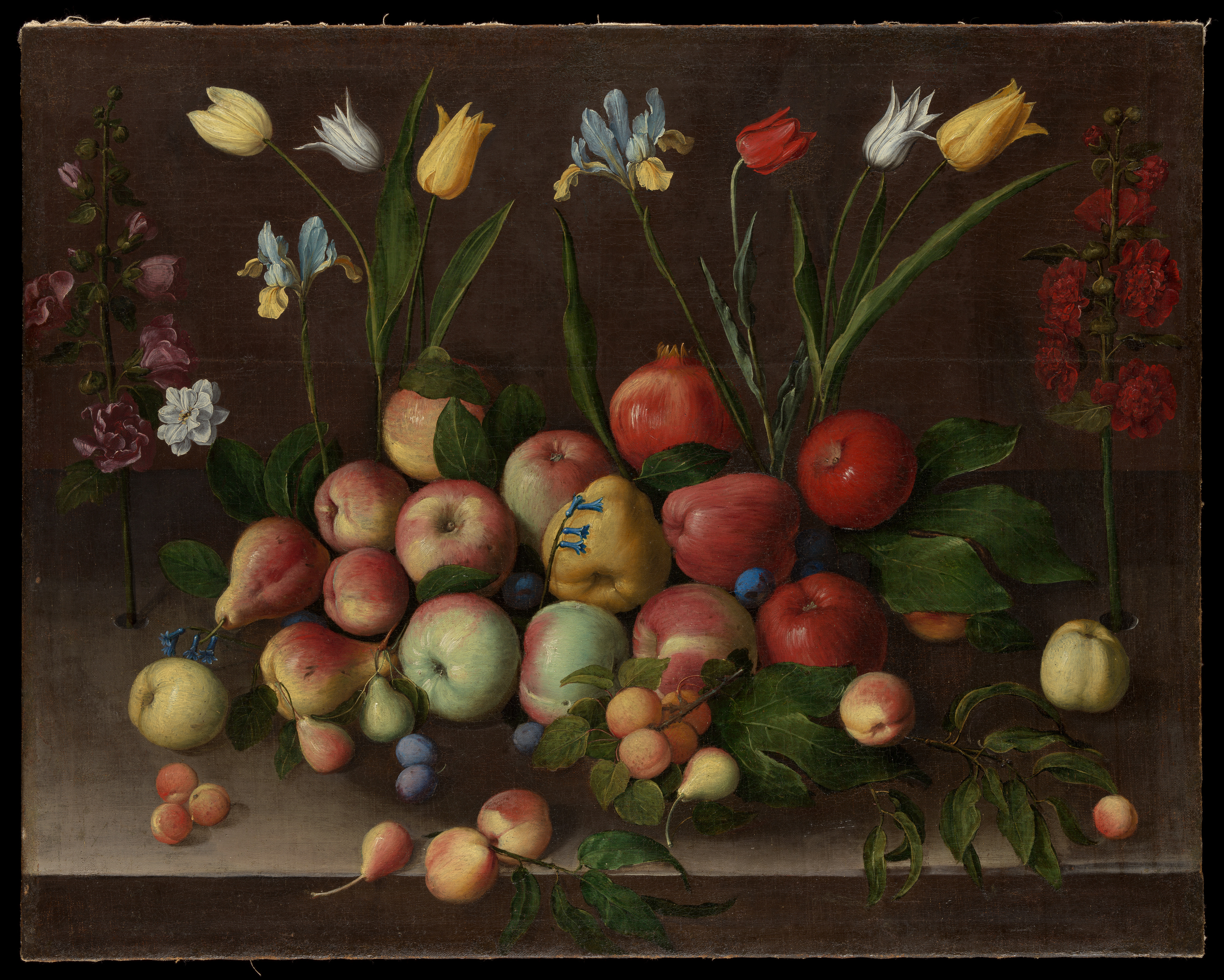Orsola Maddalena Caccia: The 16th century Nun whose paintings are now in the Met

In New York, The Metropolitan Museum of Art received a pleasantly surprising donation of Orsola Maddalena Caccia’s (1596-1676) rare and exquisite mannerist work. Caccia was a nun who did her religious work in Moncalvo, Italy. Her work was gifted to the Met after Errol M. Rudman’s death, who owned the pieces. The rarity of her artwork speaks to a large history of women’s work being misattributed. This donation, however, comes at a perfect time for the Met as one of their goals is to expand their catalogue of women artists and still life pieces.
Caccia’s work mostly includes still life paintings and a few religious pieces. This is no coincidence, women painters of the time mostly painted still life work. The reason behind this is that women painters were restricted from having access to models. The religious pieces that she has done are currently suspected to have used her father’s (Guglielmo Caccia) work, “she was probably reusing drawings and designs by her father for the figures,” David Pullins ( the Met’s associate curator in the department of European painting) said. This has lead to her art being misattributed to her father. Her mastery of still life however showcases incredible attention to details that add a beautiful character to the settings of her pieces. This distinguishes her religious paintings form her father’s work.
This is important because it provides a new perspective on art and gender. Women’s place in art history continues to be unearthed and humanity reaps the benefit of deepening their understanding of culture and who can provide it. Caccia’s work is currently displayed in “A New Look at Old Masters,” the European paintings galleries, in The Metropolitan Museum of Art.
Tatenda Chitima
